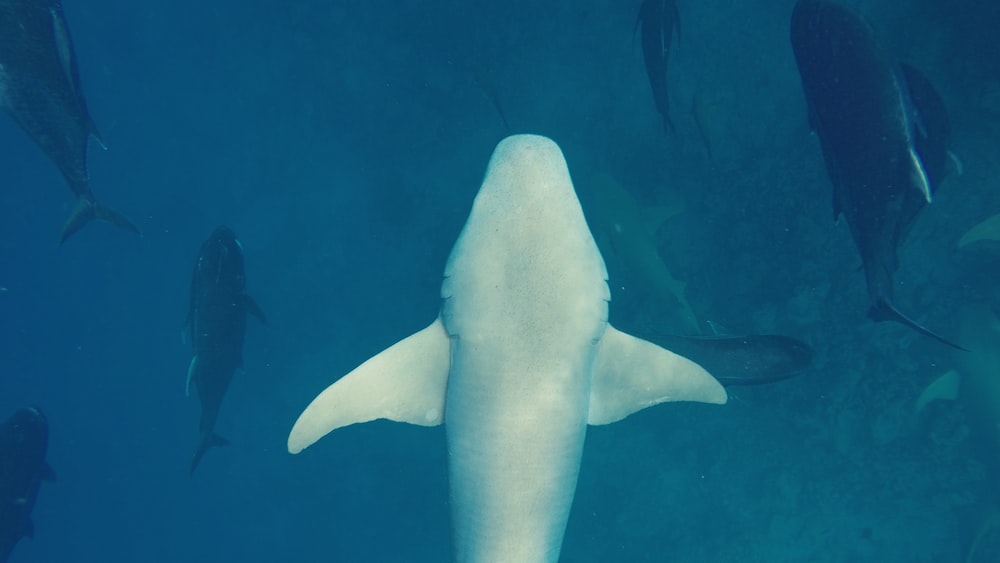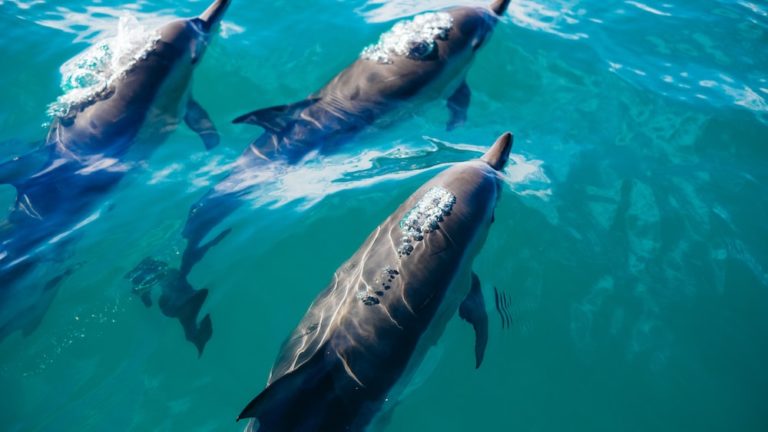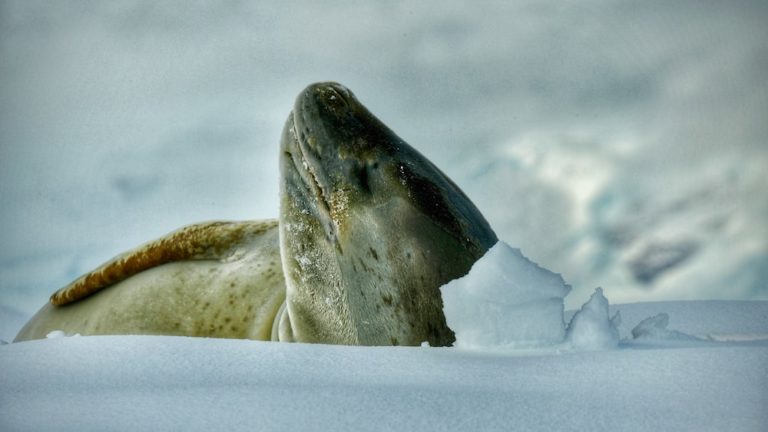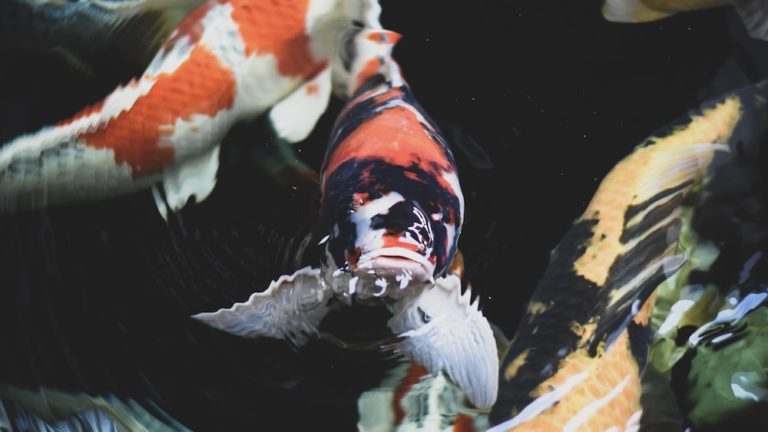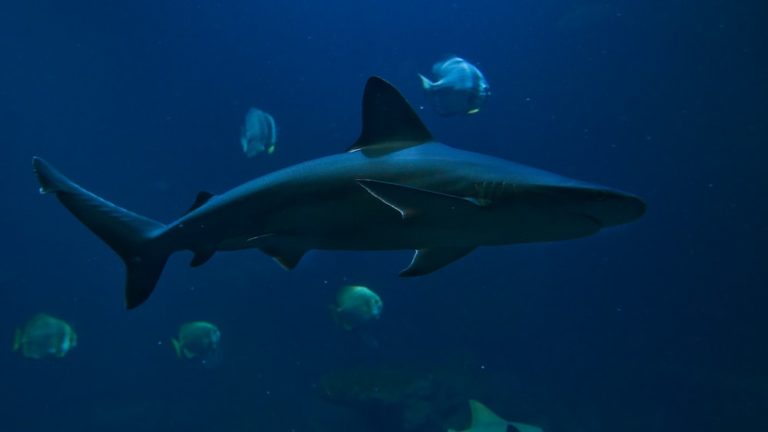Atlantic Sharpnose Shark: Complete Species Guide
Atlantic Sharpnose Shark: Complete Species Guide
Welcome, ocean enthusiasts, to the enchanting world beneath the waves where the Atlantic sharpnose shark roams. This sleek swimmer might not claim the fame of its larger brethren, but it’s certainly no less fascinating. As we dive into the life of this remarkable species, we’ll uncover the secrets that ripple beneath that delicate name, sharpnose. From their snout to their fins, every detail tells a tale of oceanic adaptation, survival, and beauty.
Now, let me transport you on an underwater journey, gliding through the salty blues alongside these maritime marvels. Imagine you’re with me, exploring every nook of the ocean where these sharpnose sharks dwell, observing their every move, learning their quirks and behaviors. Isn’t it magnificent how they dart through their realm, rulers of their watery domain? This guide aims to explore not just the biology of these creatures, but also their delicate dance with our own species.
As we embark on this adventure, keep in step with my narrative; let’s be mindful of the weight of our footsteps, even here in the depths. Our quest for knowledge must go hand-in-fin with our responsibility towards conservation, as understanding these sharpnose sharks is the first step towards protecting them. Fasten your mental scuba gear and ready yourself for a dive into the life of the Atlantic sharpnose shark.
Overview of the Atlantic Sharpnose Shark
The Atlantic sharpnose shark (Rhizoprionodon terraenovae) may not make headlines like the great whites, but to the marine life aficionado, they are equally deserving of the spotlight. This guide will serve as a comprehensive voyage through the world of the sharpnose shark, revealing their habitat preferences, intricate behaviors, and the delicate balance they maintain within our oceans’ vast ecosystems.
Defining Characteristics of Rhizoprionodon terraenovae
The Atlantic sharpnose shark boasts a series of defining traits that mark it unequivocally as Rhizoprionodon terraenovae. First and foremost, the sharpnose shark is known for its distinguished pointed snout, a feature that slices through water like a knife through cream. These arenaceous hunters are surprisingly small yet full of gravitas, commanding the ocean floor with assertive ease.
Moreover, it’s their reproductive strategy that sets them apart in the shark world. Sporting a viviparous method of birthing, sharpnose shark pups are born fully formed, miniature replicas of their sleek parents. Such traits shed light on how these creatures have been finely tuned by the hands of evolution, enabling their survival in the diverse waters of the Atlantic.
The Atlantic sharpnose shark’s distinguishing traits, such as its pointed snout and viviparous method of birthing, highlight its evolution-driven ability to thrive in the diverse waters of the Atlantic.
Common Names and Taxonomy
When it comes to the common names of our finned friends, perhaps none is as pointedly apt as that of the sharpnose shark. Known colloquially as the Atlantic sharpnose shark, these animals have been marked by their most prominent feature. But our scientific dive doesn’t end there; the taxonomy paints a fuller picture of this species.
To elucidate, Rhizoprionodon terraenovae is categorized within the family Carcharhinidae, which includes other requiem sharks. As their Latin name suggests, Rhizoprionodon translates to “root saw tooth,” an ode to their sharp dentition, while terraenovae means “of the new land,” likely a reference to the Atlantic coastlines they frequent. This dual nomenclature, both scientific and common, is a testament to the shark’s widespread recognition among marine biologists and seafaring folk alike.
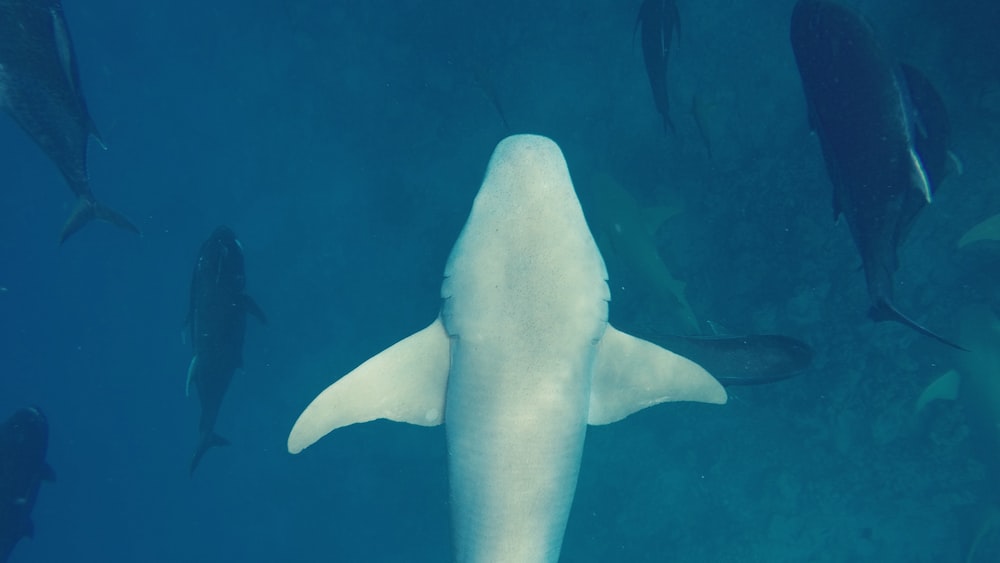
Habitat and Distribution
Investigating the habitat and distribution of the Atlantic sharpnose shark is akin to mapping out a grand oceanic odyssey. These sharks are the navigators of shallow waters, deftly adapting to environments many other species would find challenging to inhabit.
Preferred Environments
To uncover the habitats most revered by sharpnose sharks, one must look towards the coasts and estuaries where brackish waters blur the line between river and ocean. These saltwater savants have a proclivity for meandering through seagrass meadows and navigating the dynamic ecosystems where the seabed plays host to a bounty of life.
Moreover, they exhibit a partiality for warmer waters, so much so that temperature changes can prompt migrations. As the mercury drops, the sharpnose shark’s location diary sees them traveling to balmy southern latitudes, only to return when summer beckons with warmer waves.
Geographic Range
Let’s unfurl the map of the Atlantic sharpnose shark’s geographic range, charting their course through the ocean’s vast expanse. Primarily, these sharpnose sharks enjoy the balmy embrace of American waters, from New York’s bracing coasts down to the tepid wash of the Gulf of Mexico, and they do not shy from the embrace of the northern Caribbean Sea.
In pursuit of warmer tides, they conduct seasonal jaunts that would inspire envy in any intrepid traveler. During the colder pinches of winter, they hie to more hospitable Floridian waters or even those off Texas, akin to snowbirds seeking the sun. As spring thaws into summer, they venture forth once more to more northerly climes, drawn by the siren call of rising ocean temperatures.
Physical Description
As we swim closer to the Atlantic sharpnose shark, a clearer picture of their physicality emerges, painting a vivid portrait of a creature perfectly poised to grace the ocean’s catwalks.
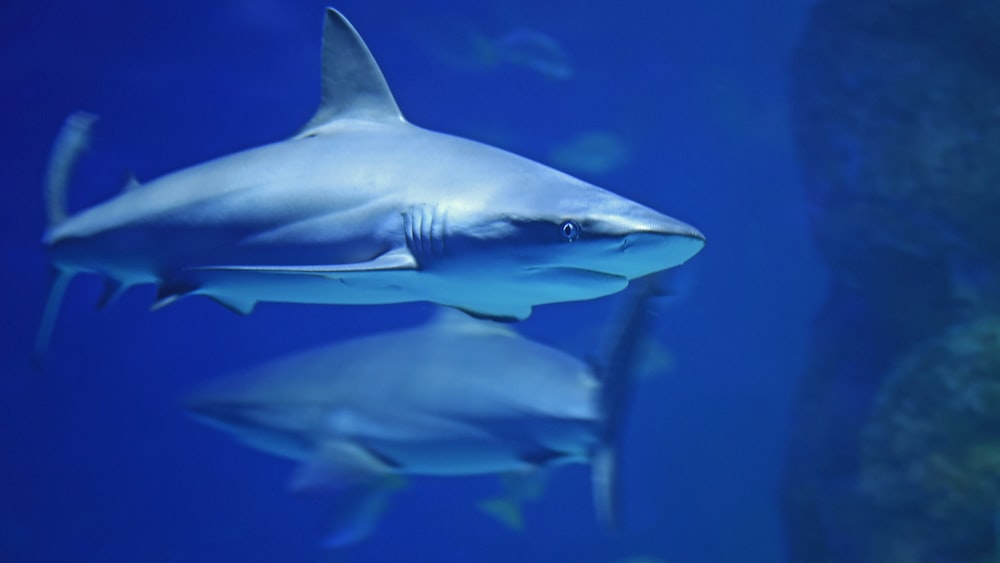
Size and Appearance
The size and appearance of the Atlantic sharpnose shark may not strike awe in the same way the colossal grandeur of a whale shark might, but there is a subtle majesty in their modest dimensions. Adult sharpnose sharks typically top out at around 1.2 meters (4 feet), making them pint-sized compared to some of their kin.
Their coloration – a cocktail of muted grays with occasional sprinklings of white spots – serves as excellent camouflage against the sandy ocean floor, much like an aquatic chameleon. Furthermore, the taut, streamlined build of these sharks reveals an evolved acumen for agile navigation, reinforcing their niche as the spry dancers of the sea life ballet.
Distinguishing Features
Venture beneath the waves and you might just lock eyes with the sharpnose shark, Rhizoprionodon terraenovae. With its slender body and a name that slices as sharply as its profile, this denizen of the deep boasts a set of features that set it apart from its cartilaginous cousins. First off, the dorsal fin of the sharpnose shark is a tell-tale sign, positioned closer to the pelvic fins than those of other sharks. Additionally, its long snout, which protrudes like the prow of a ship, gives it an unmistakable silhouette.
Now, let’s talk coloration, as the sharpnose shark truly dresses to impress. The upper body flaunts a grey to olive-grey hue, blending seamlessly with the seafloor, while its underbelly glimmers with a pearlescent white, mimicking the sunlight-filtering surface waters. This counter-shading is not just for show – it’s a clever camouflage trick, a survival swipe at predation. Tiny white spots scattered along the sides may seem like the ocean’s sprinkling of starlight, but they’re yet another feature that distinguishes the sharpnose shark from its aquatic counterparts.
The sharpnose shark boasts unique features such as its dorsal fin position, long snout, and clever counter-shading for survival.
Behavior and Ecology
Delving into the behavior and ecology of the sharpnose shark is akin to unwrapping the secrets of a hidden marine world. These creatures are dynamic and adaptive, embodying the pulsing life of our oceans. They glide through coastal waters, estuaries, and occasionally venture further offshore, demonstrating a versatility that’s as fascinating as it is vital for their survival. Engaging with their environment in complex ways, these sharks reveal the intricate tapestry of underwater ecosystems.
Feeding Habits
Ask about the diet of a sharpnose shark, and you’ll find it’s an eclectic feast from the sea’s smorgasbord. Prowling the seabed, this shark behaves like a gustatory sleuth, with a menu that includes small fishes, worms, and crustaceans. Fins flexing with purpose, it pinpoints prey with a cocktail of senses, snaring a meal with a swift bite.
When dusk falls, the sharpnose shark becomes a nocturnal gourmand, emerging from the shadows to forage. In the tapestry of twilight, this shark becomes a ghostly figure, punctuating the night with its predatory prowess and showcasing a food chain dance that’s as old as the deep blue itself.
Reproductive Behavior
If romance under the waves piques your curiosity, the reproductive spectacle of the sharpnose shark won’t disappoint. These sharks are ovoviviparous, a term that’s as mouthful as the process is miraculous. Eggs hatch within the female, and she gives birth to live young – a conga line of mini-sharks, each one a miniature replica of their parents.
Each female cradles a clutch of 4 to 7 embryos, carrying them for 10 to 11 months before they make their grand entrance into the ocean’s nursery. This reproductive ritual ensures a continuous replenishment of sharpnose shivers, each new generation ready to navigate their saline kingdom.
Predators and Threats
Even for the wily sharpnose shark, the ocean is a playing field fraught with peril. Larger sharks serve as an omnipresent threat, our sharpnose the hors d’oeuvre on an oceanic menu. Humans, too, pose a significant hazard – both intentionally and unintentionally.
Incidental capture in fishing nets and the relentless quest for shark meat has made the sharpnose shark an unwilling participant in the human seafood saga. Climate change and ocean pollution are silent assailants, altering habitats and preying on the vulnerable. These threats create ripples that could undo millennia of marine mastery, a stark reminder of the fragility behind the fins.
The ocean is a perilous playing field for sharks, posing threats from larger sharks, humans, fishing nets, climate change, and ocean pollution, which could undo millennia of marine mastery.
Human Interactions
Human interactions with the sharpnose shark provide a narrative as layered as the ocean’s depths. From the majestic swirl of a hooked sharpnose on the line to the ecological ruminations of conservationists, our relationship with these sharks is complex. We have become a force of nature that these delicate predators must navigate, raising questions of sustainability and ethical engagement.
Atlantic Sharpnose Shark in Fisheries
In the realm of fisheries, the sharpnose shark often plays an unsought role. They’re commonly caught in small-scale commercial and recreational fisheries, their slender forms ensnared as bycatch. Not only famed for their fight on the line, but sharpnose sharks are also occasionally sought for their fin and flesh – a delicacy in some cultures.
Restrictions vary by region, but a lack of global consensus makes for a patchwork of protections. Regulations and reporting, vital in maintaining the balance of marine life, are often inconsistent. Within this disparity lies the fate of the sharpnose shark, teetering on the fulcrum of human consumption and preservation.
Conservation Status and Efforts
As we dip our toes into the waters of conservation, the sharpnose shark’s plight has sparked both concern and action. Currently considered of ‘Least Concern’ by the IUCN, this status shouldn’t be mistaken for security – as the sea teaches us, calm surfaces can deceive.
Efforts to safeguard the sharpnose shark involve a mosaic of measures including:
- Monitoring populations through research and data collection.
- Enforcing catch limits to prevent overfishing.
- Implementing bycatch reduction devices in fisheries.
Environmental organizations weave a net of support, knitting together both local and international initiatives. Education and awareness campaigns are as crucial as scientific studies, fostering an understanding that every creature, no matter the size of its dorsal fin, plays a part in the ocean’s opus.
Importance to Humans
The sharpnose shark swims in the psyche of humans – sometimes feared, often misunderstood, yet undeniably significant. Their presence in our waters is a cog in the machinery of marine ecosystems, crucial to the biological balance of their undersea realms.
Beyond ecological roles, sharpnose sharks are ambassadors of the deep, stirring our curiosity and challenging our stewardship of the seas. By studying them, humans can glean insights into sustainable fishing practices and the larger health of our oceans. They’re not just a species to be managed, but a measure of our own impact – reflecting, through their travails and triumphs, the state of our aquatic world.
Studying sharpnose sharks can provide valuable insights into sustainable fishing practices and the overall health of our oceans.
Health and Nutrition
When it comes to savoring the briny delicacies of the sea, the meat of the Atlantic sharpnose shark often slips under the radar. But, just hang tight my fellow ocean explorers, because if you’re curious about the health and nutritional benefits of this sleek predator’s yield, prepare to dive deep into the particulars!
Nutritional Value of Atlantic Sharpnose Shark Meat
Swimming through the current of seafood options, the meat of the sharpnose shark offers a hearty dose of protein, essential for muscle repair and growth. Piercing through the waves of misconception, yes, shark meat can indeed be a part of a healthy diet. It’s packed with vitamins and minerals, notably vitamin B12 and selenium, the latter acting much like a sentinel protecting our cells from damage.
Moreover, while you might be inclined to reckon it would be high in mercury, the Atlantic sharpnose, being a relatively small shark, typically has lower levels compared to its larger kin. Yet caution should always be the compass guiding your consumption – this oceanic nourishment is best enjoyed in moderation.
Sustainable Consumption
Now, let us chart a course toward responsible eating practices. Sustainable consumption means selecting seafood from sources that leave the lightest footprint on our marine habitats.
- Consider these points when selecting shark meat:
- It’s about making choices that let both humans and sharks keep swimming.
FAQs
1. What is the average lifespan of an Atlantic Sharpnose Shark?
The average lifespan of an Atlantic sharpnose shark is estimated to be approximately 10 to 12 years. Surviving in the tides of the oceanic world, these sharks navigate through life remarkably well, considering the challenges they face.
2. How can you identify an Atlantic Sharpnose Shark?
You can identify an Atlantic sharpnose shark by its slender body, long snout, and camouflaged coloration of grayish hues with white undersides. Its unique fins marked with white edges serve as nature’s fingerprints, distinguishing it from other marine vagabonds.
3. Are Atlantic Sharpnose Sharks dangerous to humans?
While they sport an impressive set of chompers, Atlantic sharpnose sharks are generally not considered dangerous to humans. These marine denizens prefer a menu less complicated than a human, opting for smaller fish and invertebrates instead.
4. What conservation measures are in place for Atlantic Sharpnose Sharks?
Regarding conservation measures for Atlantic sharpnose sharks, it’s a hopeful tide as they’re currently not listed as endangered or threatened. Still, fishery regulations and quotas are in place to prevent overfishing, ensuring their population remains as stable as a ship anchored in calm waters.
Conclusion
As we surface from the depths of information on the sharpnose shark, it’s paramount that we carry this new-found knowledge ashore. Recognizing the intricacies of their existence breaks the surface of our understanding, while embracing sustainable practices is akin to steering our ship towards calmer, more prosperous seas for these sharks.
In the grand expansive ballet of the North Atlantic, each creature plays a vital role. The sharpnose shark, with its swift fins and purposeful glide, reminds us of the importance of each species in the ocean’s complex symphony.
And now, my fellow ocean enthusiasts, I hope this voyage has imbued you with a greater appreciation for these remarkable creatures. May our paths through conservation be as intertwined as the currents that guide the sharpnose shark. Until our next aquatic rendezvous, take a piece of the sea’s wisdom with you, and remember: every choice we make ripples through the realm of Poseidon.
Swim gracefully and tread thoughtfully, my friends.
Jasper Flynn

